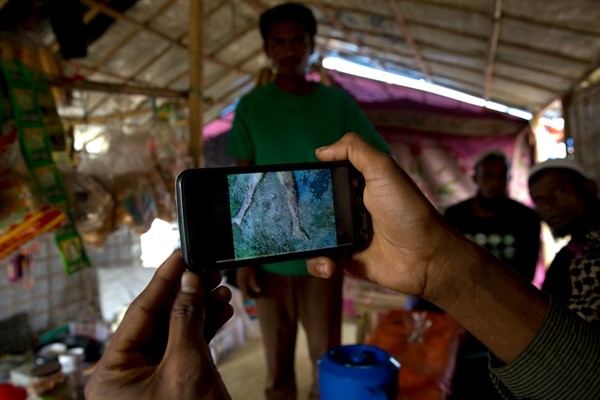As Americans have risen up in protest against police brutality, attention has understandably focused on the racist incidents of police killing Black Americans and their implications. How these outrages have come to light, however, remains underappreciated. They might never have been exposed without new technologies like smart phones and social media, whose use for accountability is transforming human rights.
Until recently, documenting human rights abuses was a time-consuming and often imprecise activity. As a law student in the early 1990s, I worked on a United Nations project, led by the international legal scholar M. Cherif Bassiouni, to document war crimes in the former Yugoslavia. The aim was to create a database of news articles and other reports of atrocities, which were obtained mostly through written sources like news articles, NGO reports, and correspondence with victims and witnesses, which were manually entered into the database. Identifying perpetrators didn’t just take time, it relied very much on witness testimony. We had limited photographic and video evidence at our disposal, and what we had was often received too late to be useful.
Today, the tables have turned completely. The proliferation of internet-connected mobile devices allows anyone to document abuses in real time, including Darnella Frazier, the teenager who filmed the killing of George Floyd by a white police officer in Minneapolis. These are already powerful and widespread tools, even as their capabilities continue to improve and their reach still expands.

